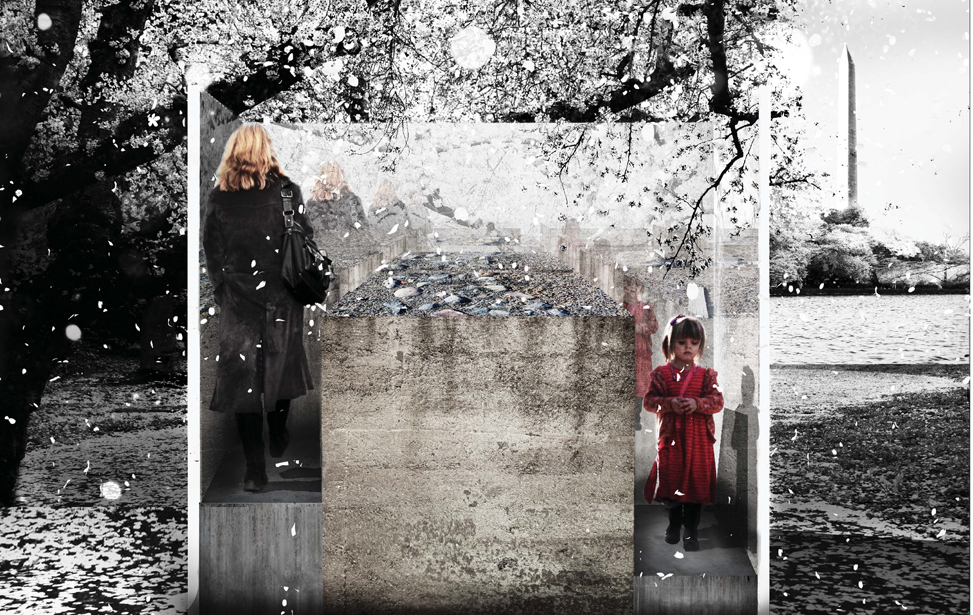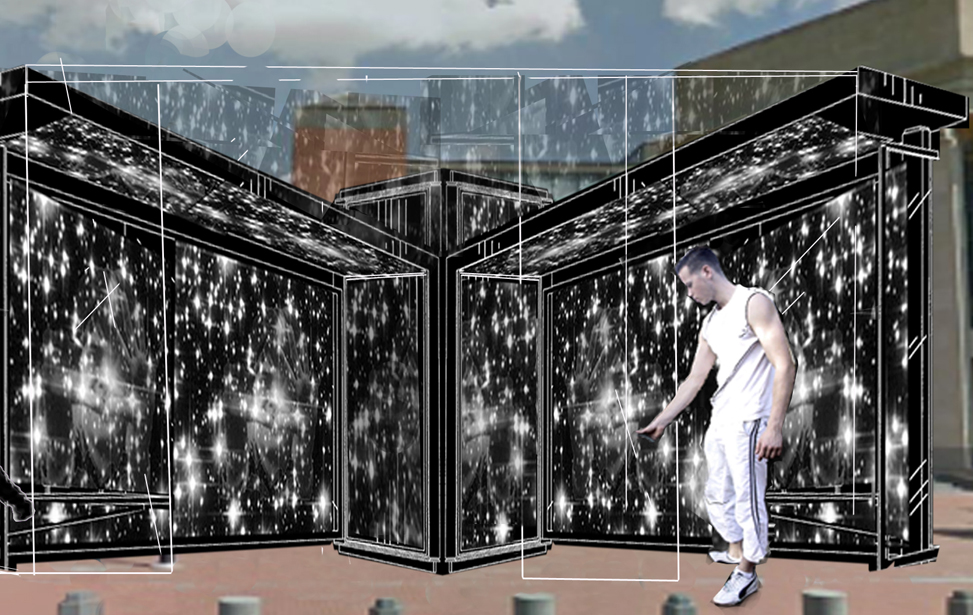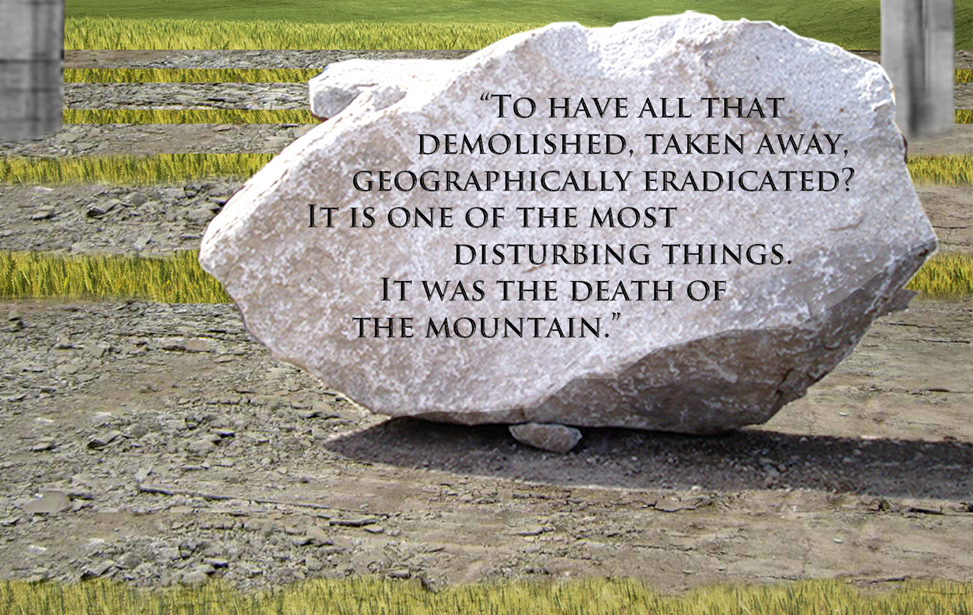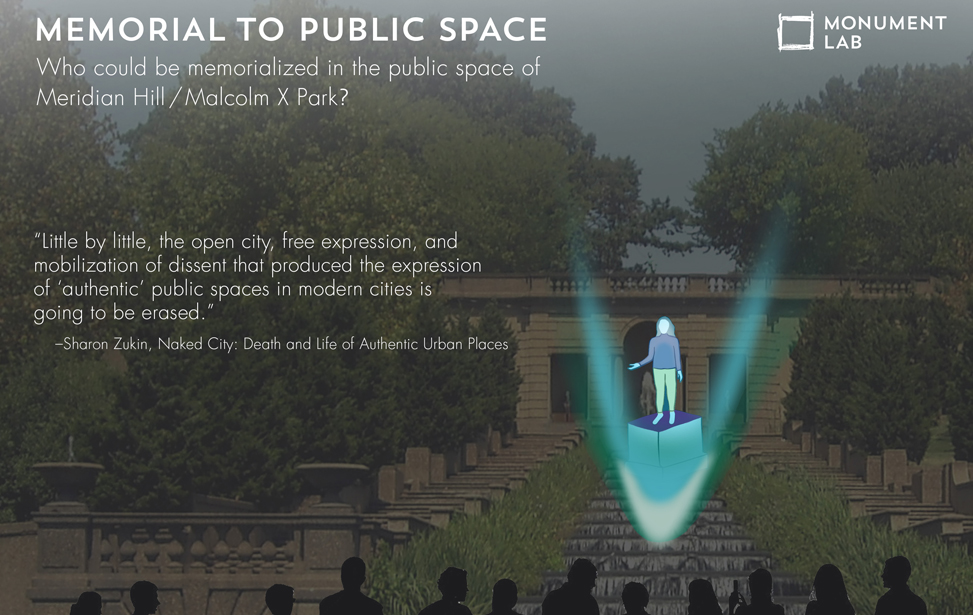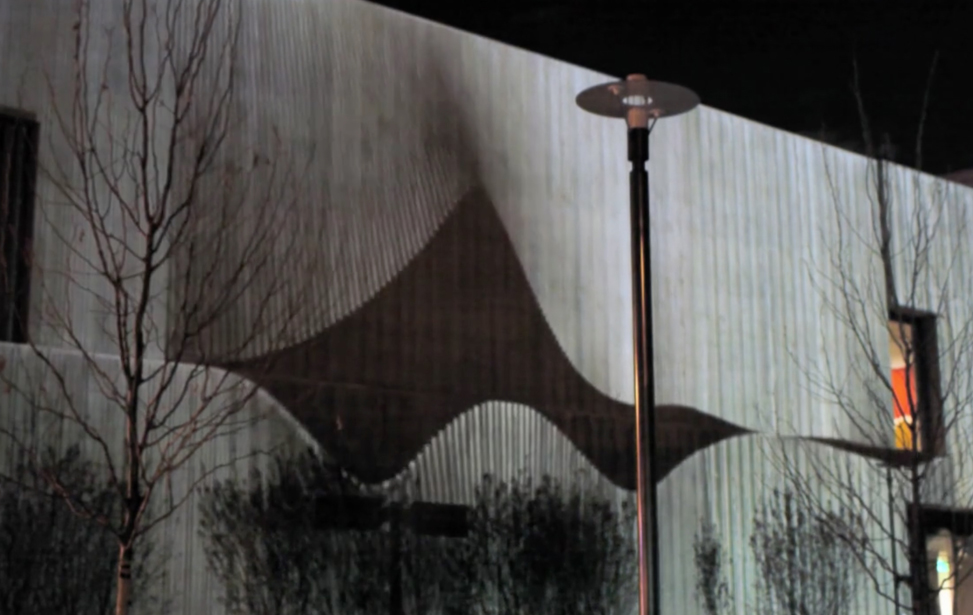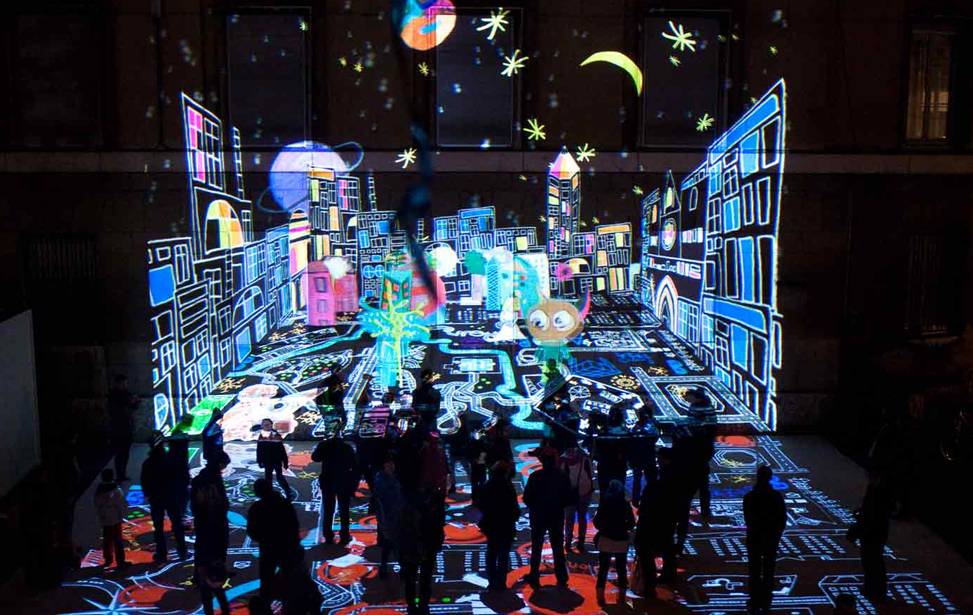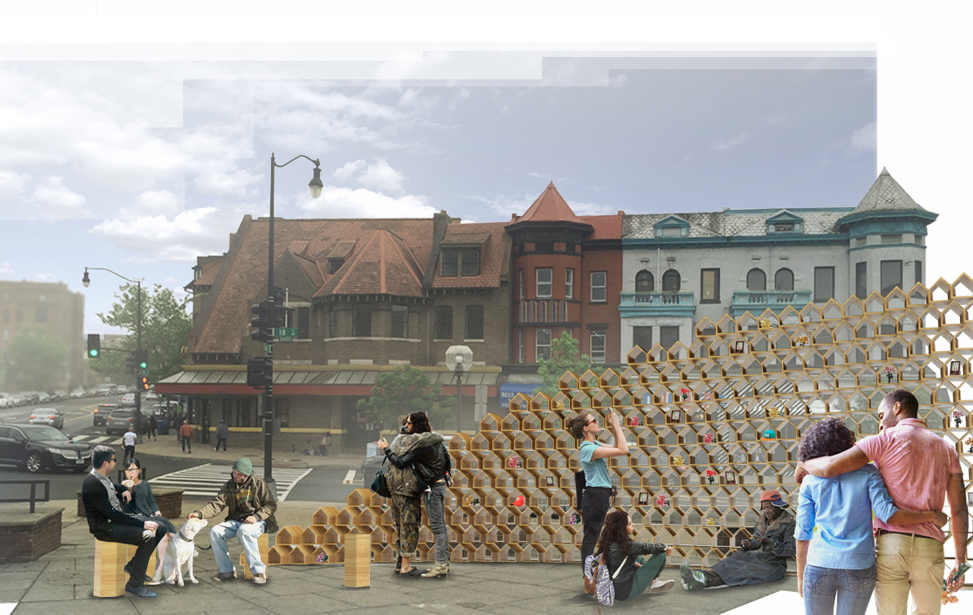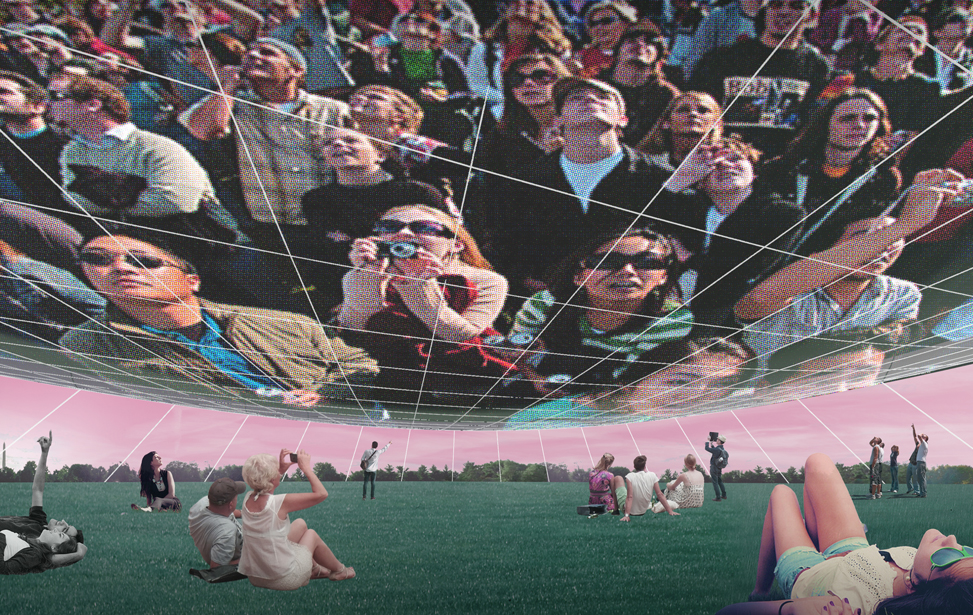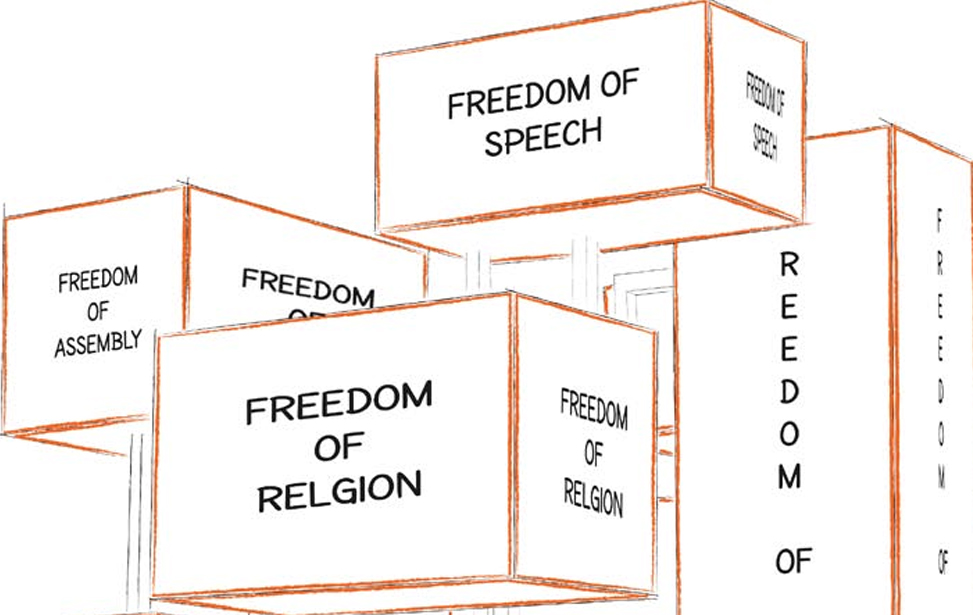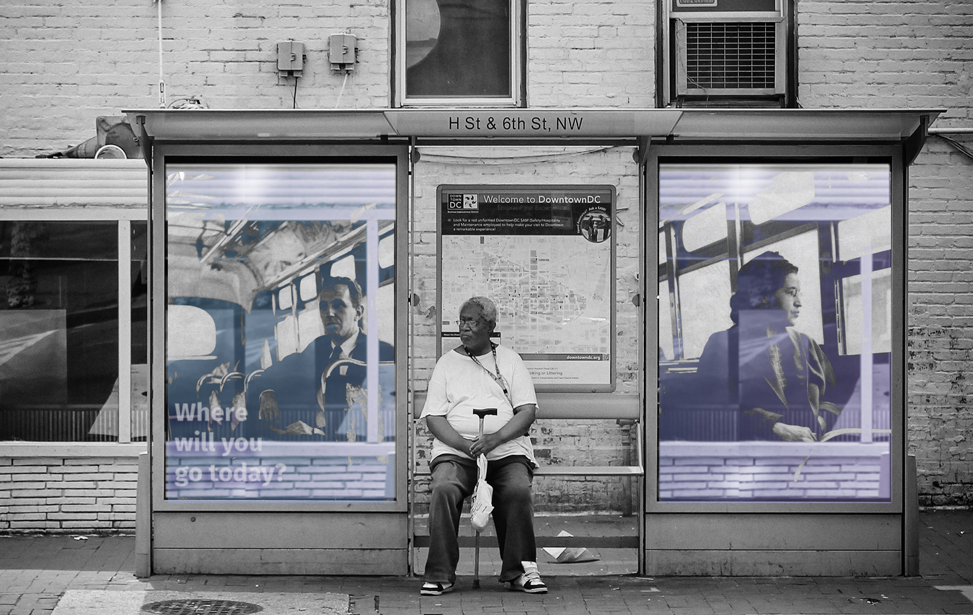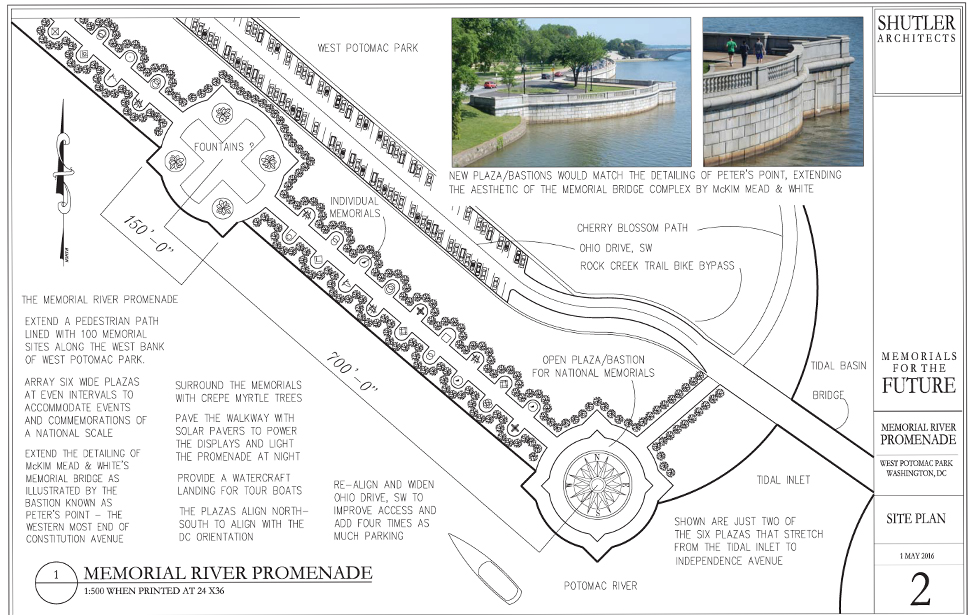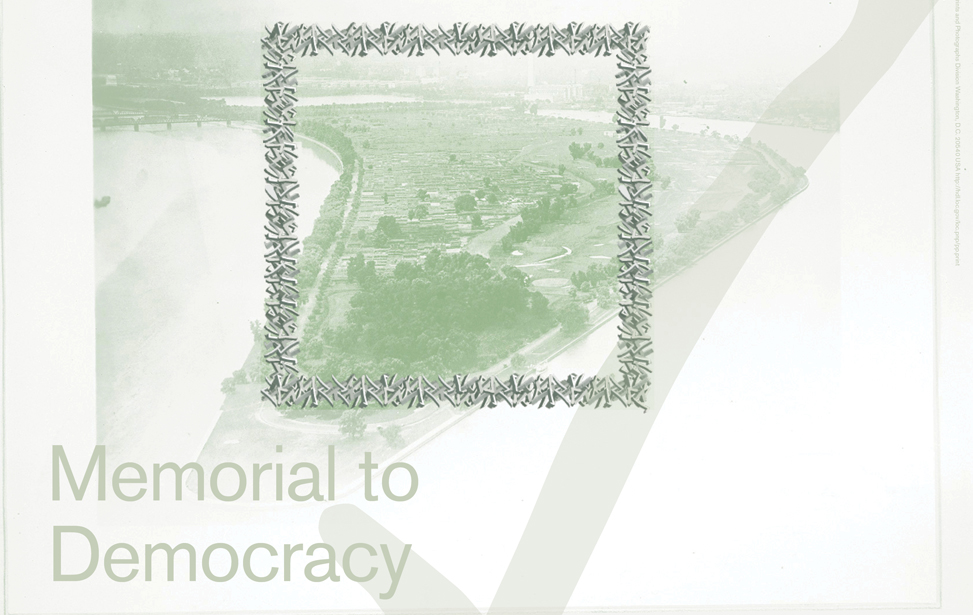
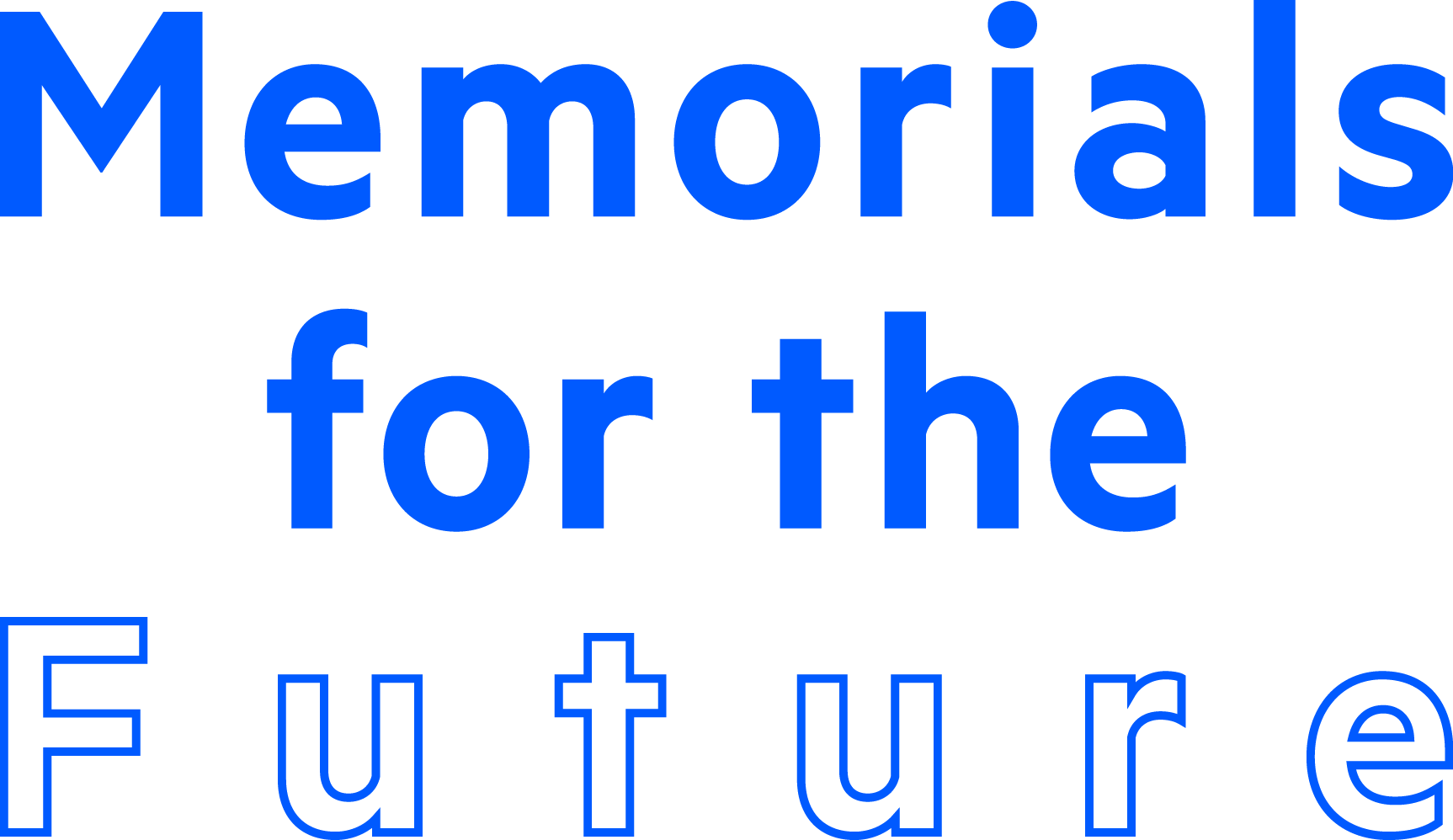
Some content on this page is saved in an alternative format. To view these files, download the following free software.


A free public exhibition showcasing the winner and finalists' design concepts was held from September 8 through October 20, 2016 in the Hall of Nations at the John F. Kennedy Center for the Performing Arts.
To view a high resolution version, click on the image.
Team Report Press ReleaseThis document highlights key findings from Memorials for the Future, presenting the ideas that best push forward our collective notions of memorialization.
View Report
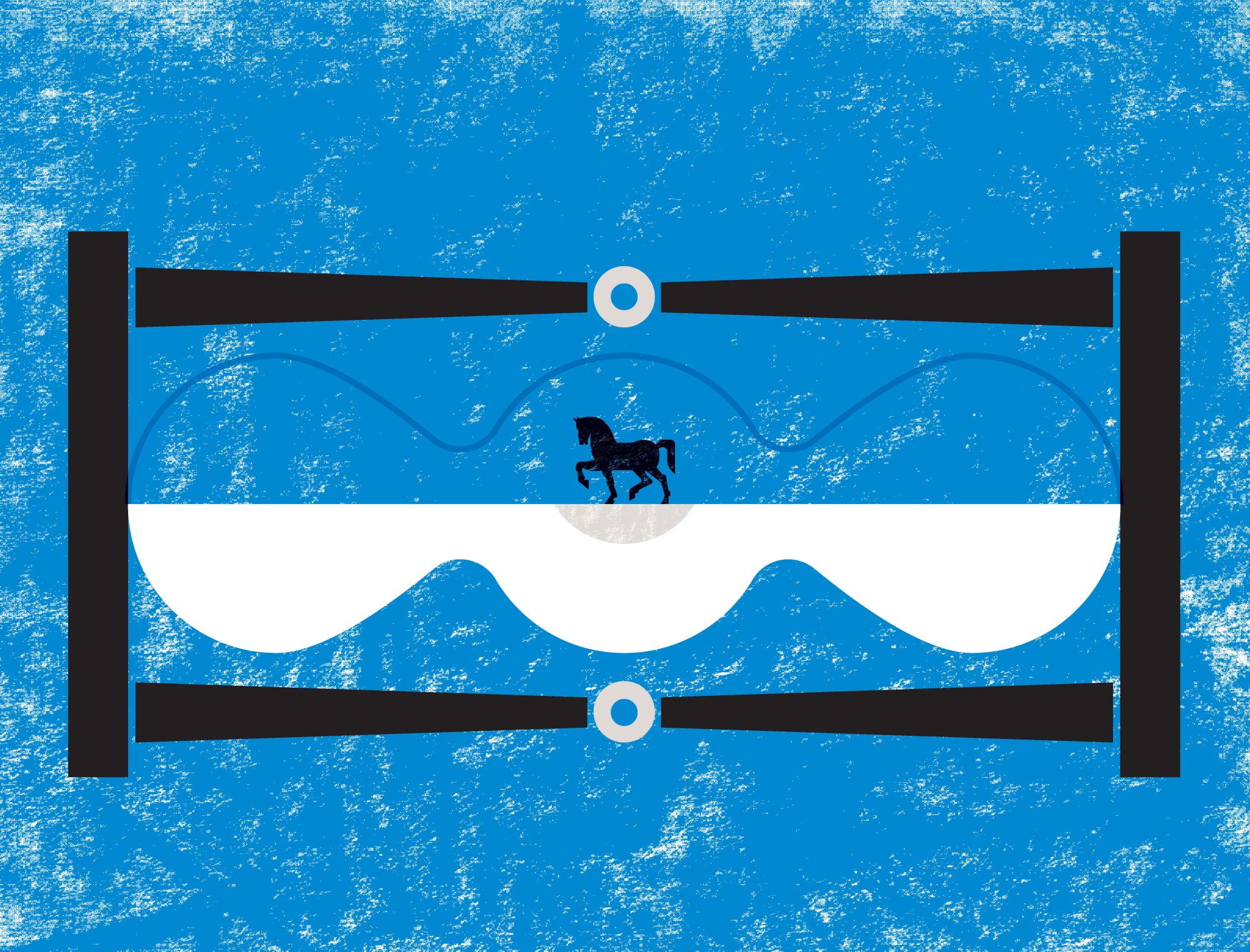
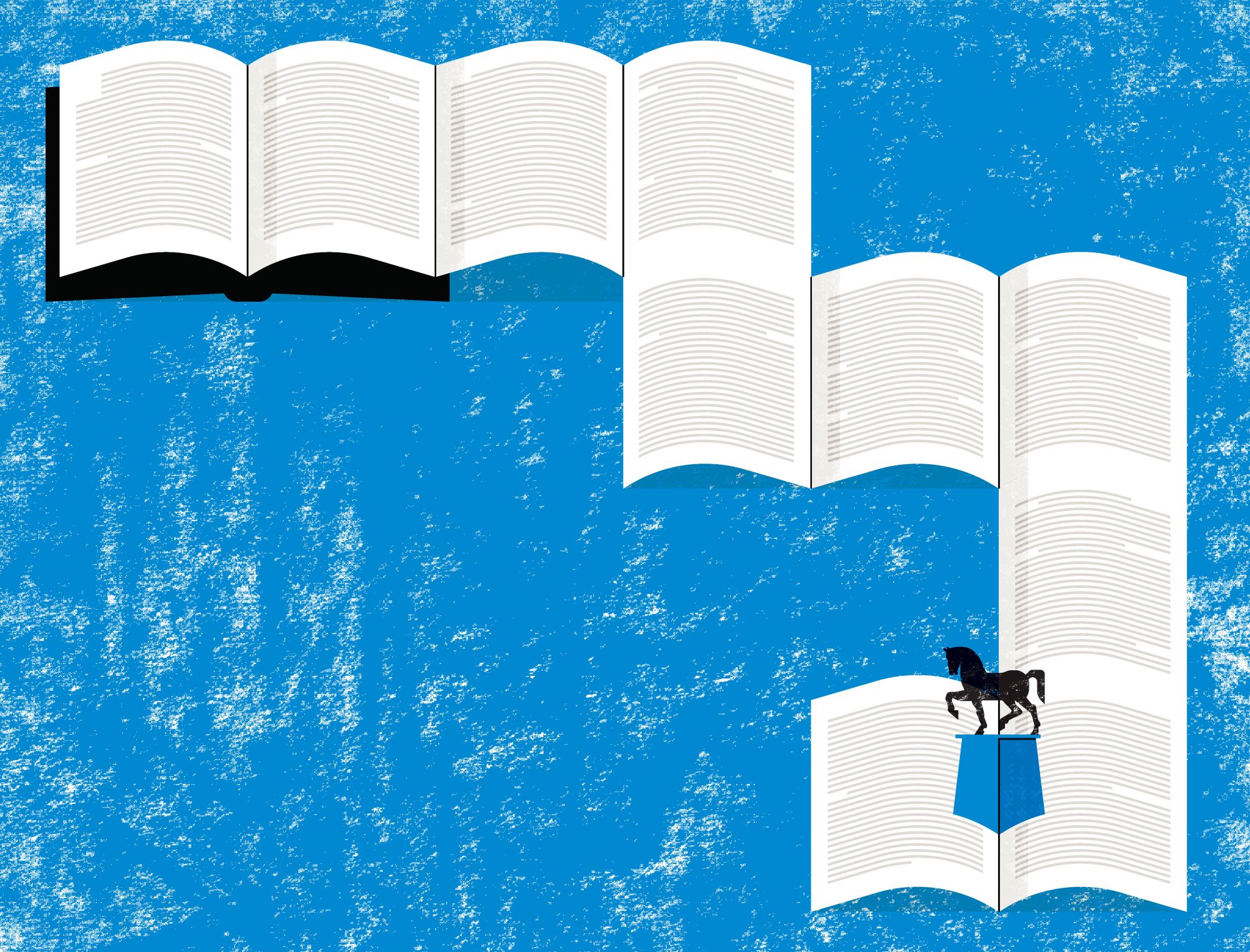
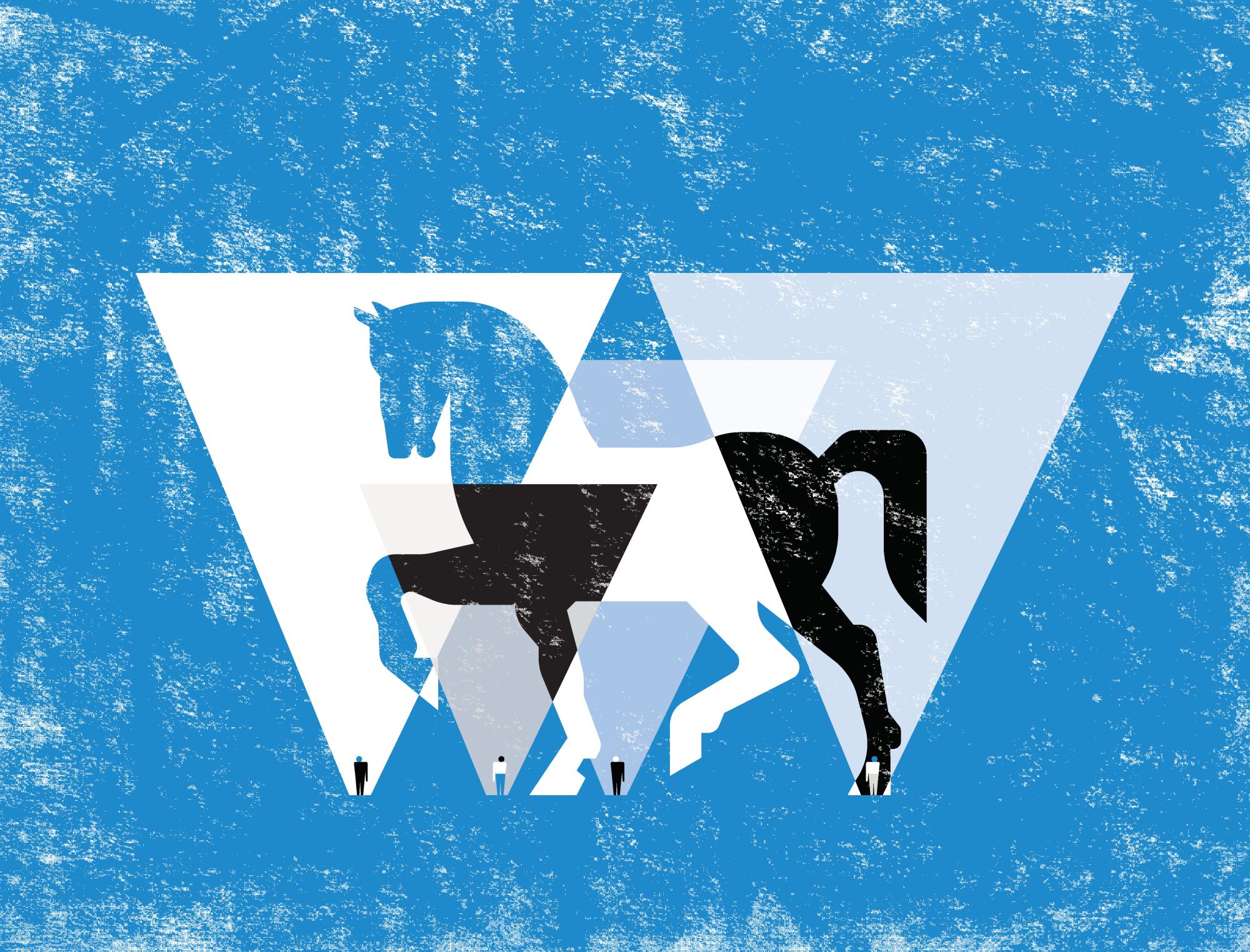
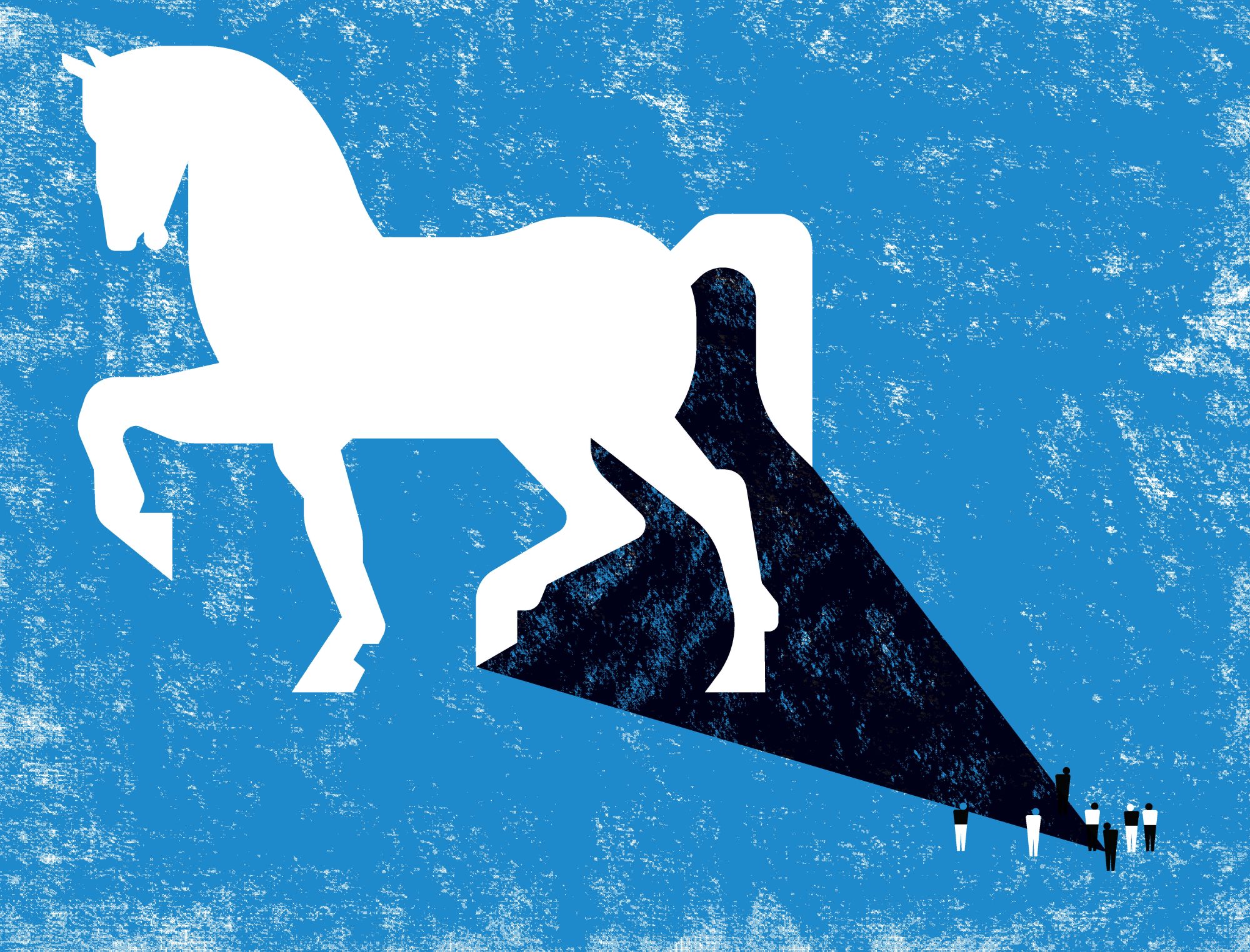
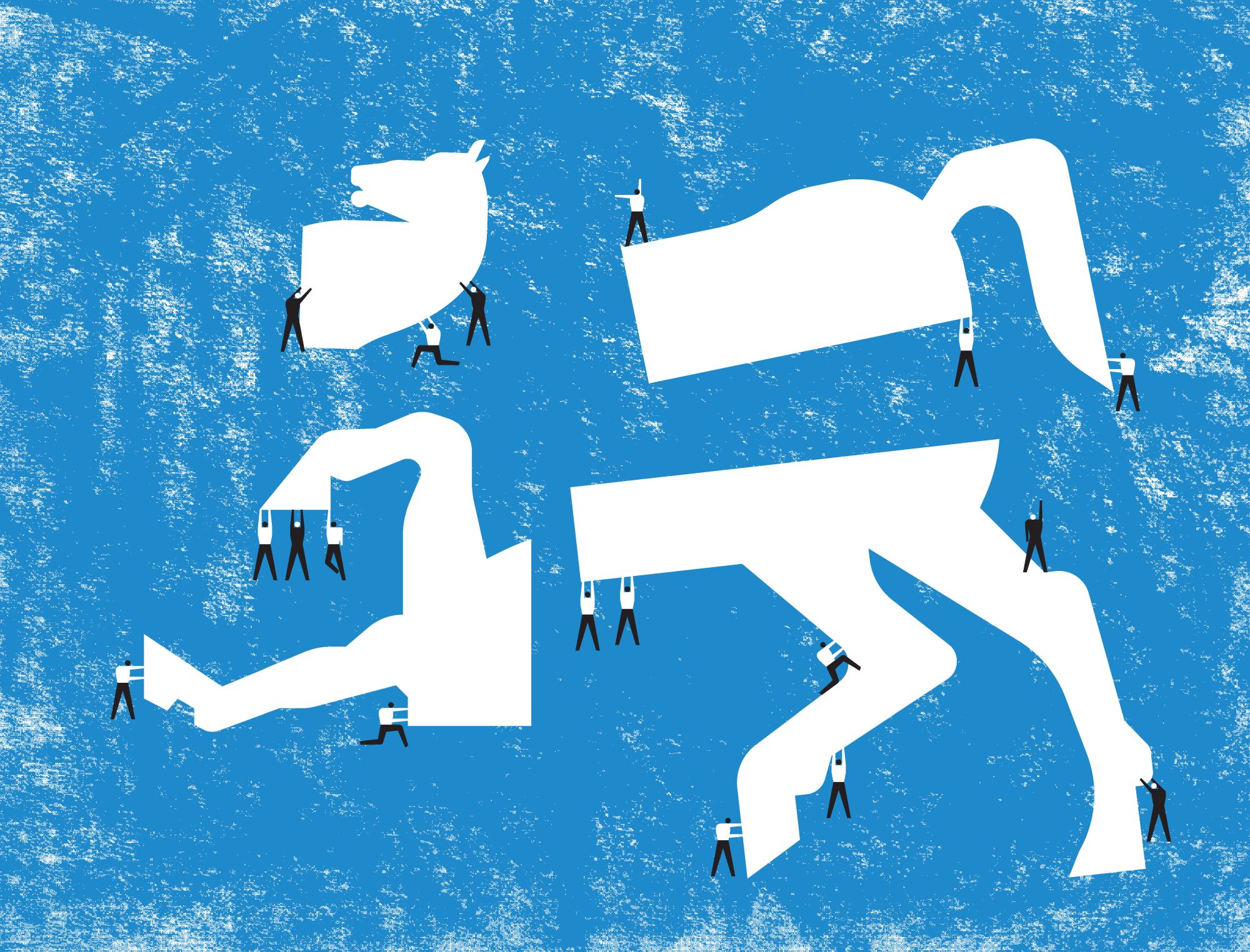
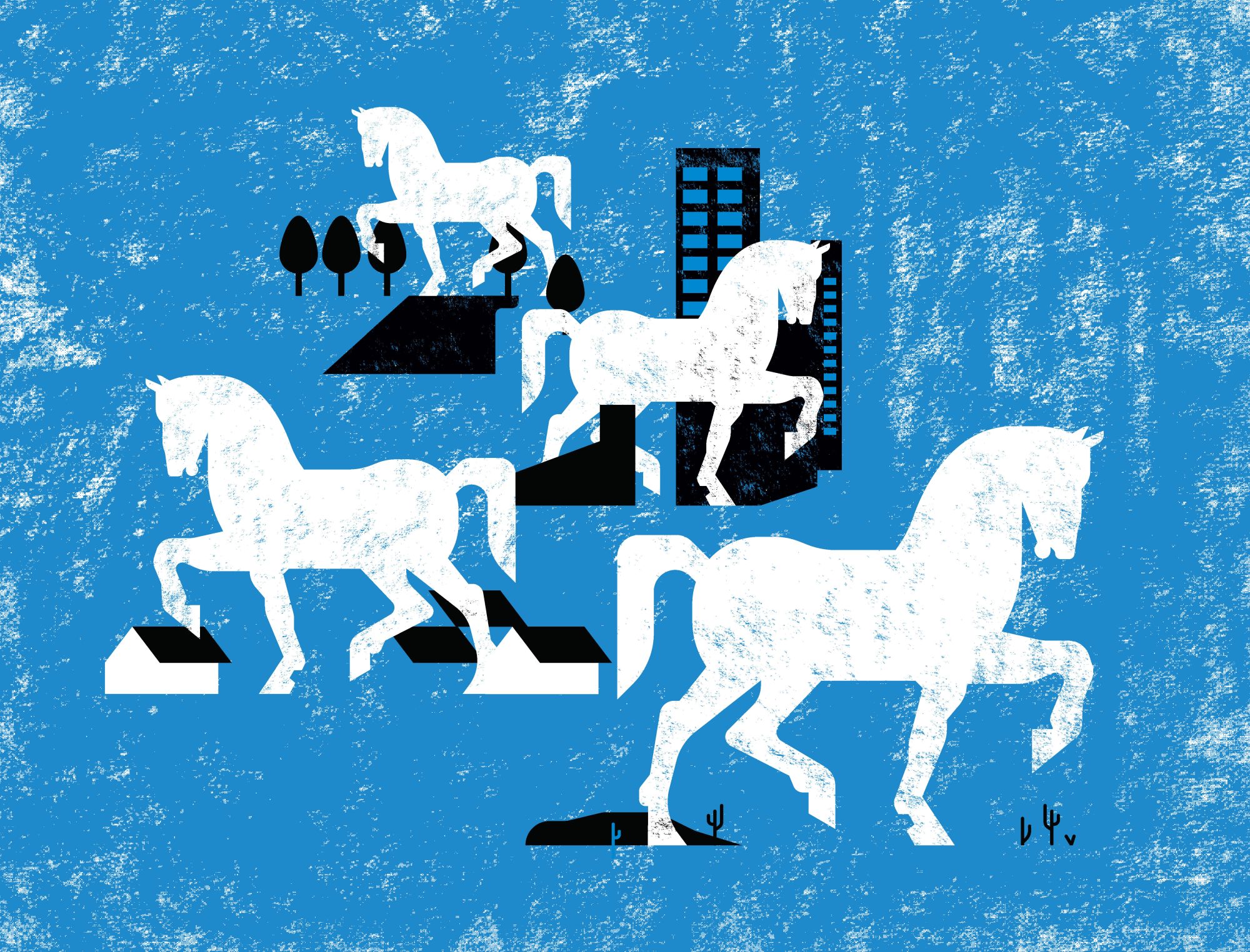
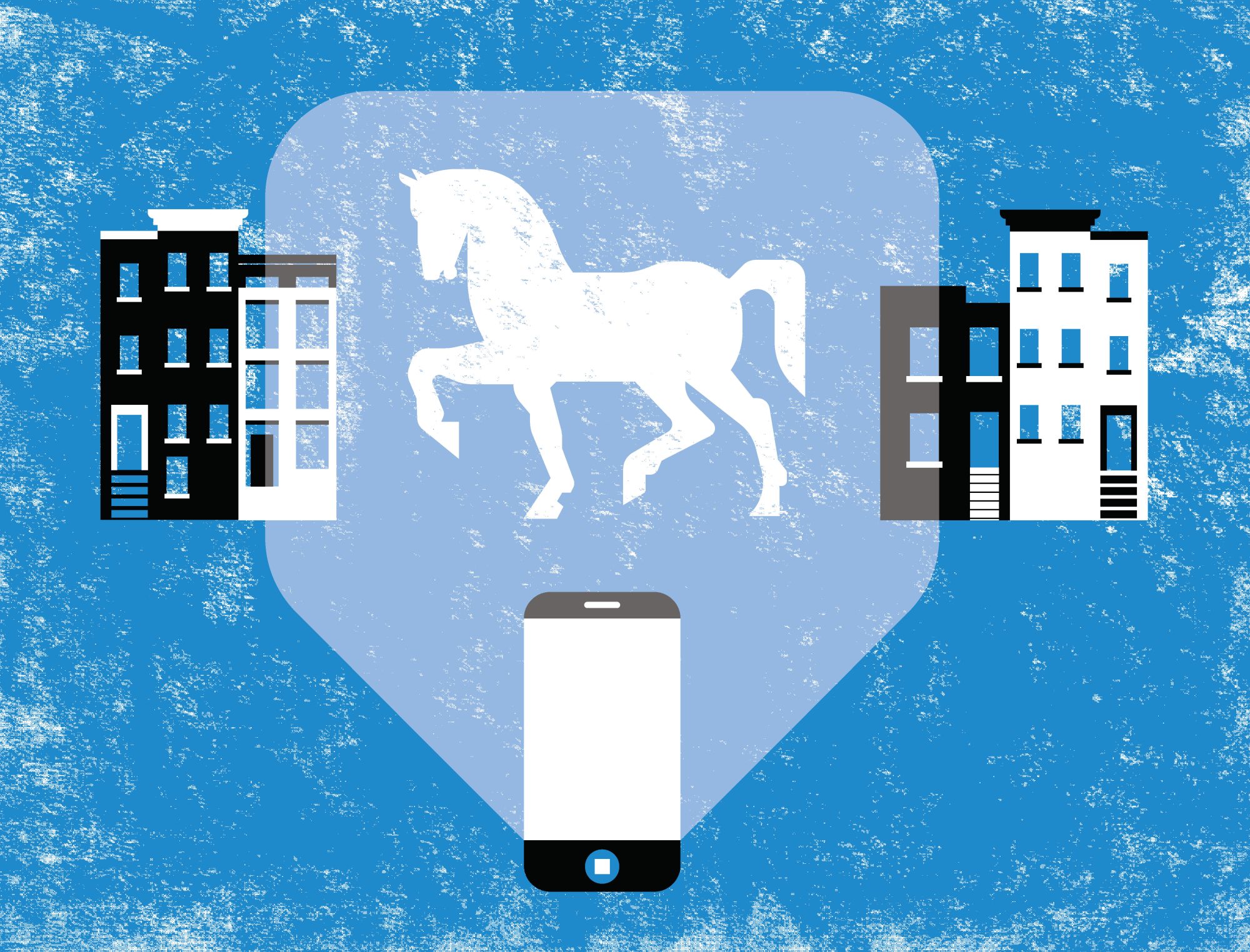

The National Park Service (NPS), the National Capital Planning Commission (NCPC), and Van Alen Institute are collaborating on Memorials for the Future, an ideas competition to reimagine how we think about, feel, and experience memorials.
Memorials for the Future calls for designers, artists, and social scientists to develop new ways to commemorate people and events that are more inclusive and flexible, and that enrich Washington's landscape while responding to the limitations of traditional commemoration. As NPS celebrates its centennial in 2016, Memorials for the Future creates new ideas for honoring our diverse histories, heritage, and culture.
The entries will be narrowed to four teams to participate in a research and design process, working closely with the competition partners to develop site-specific designs for memorials in Washington, DC, that are adaptive, ephemeral, virtual, event-focused, or interactive. The teams' proposals will advance a framework for the design of 21st-century memorials and provide future memorial sponsors with fresh approaches to commemorating their subject matter.

